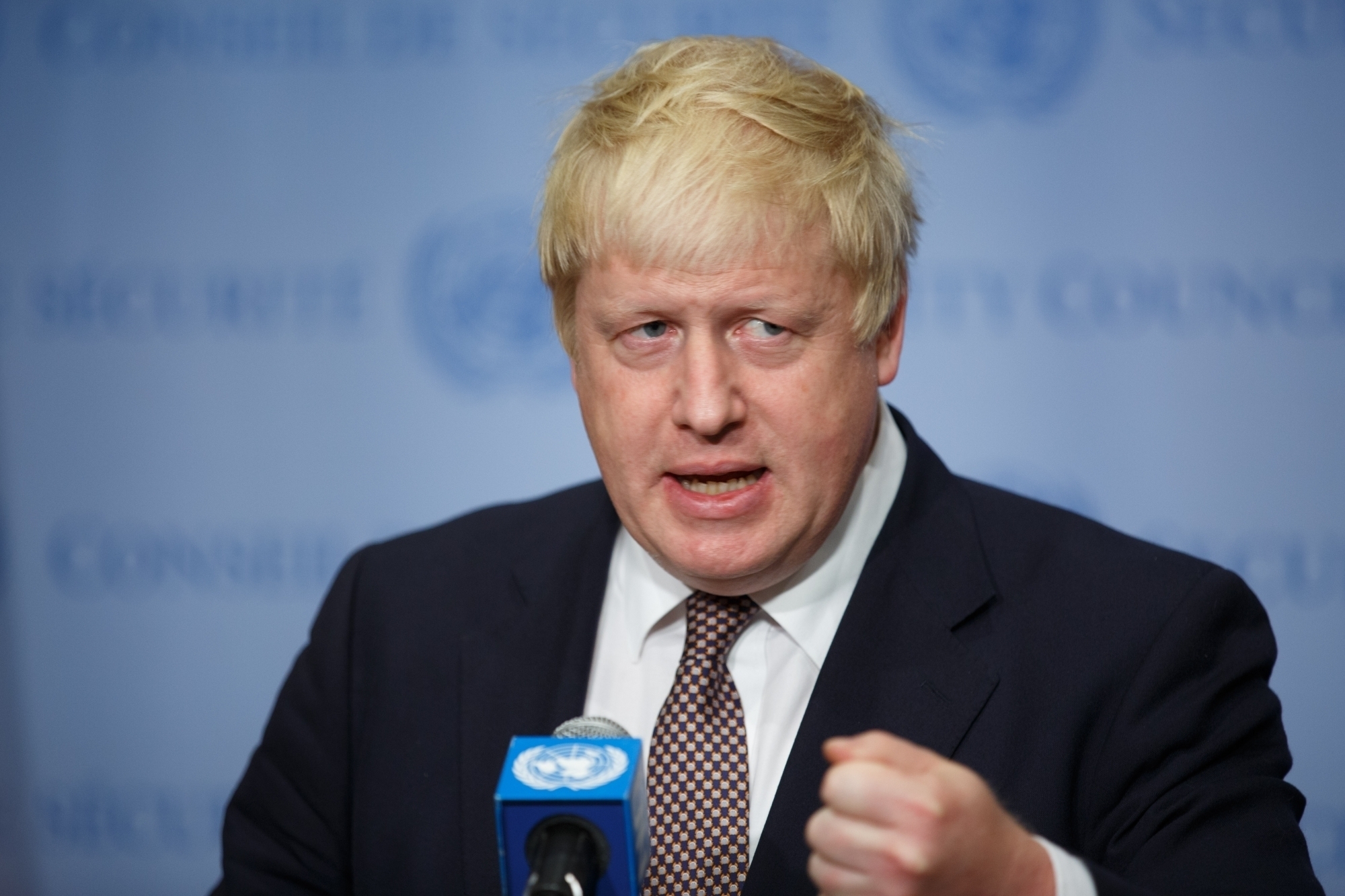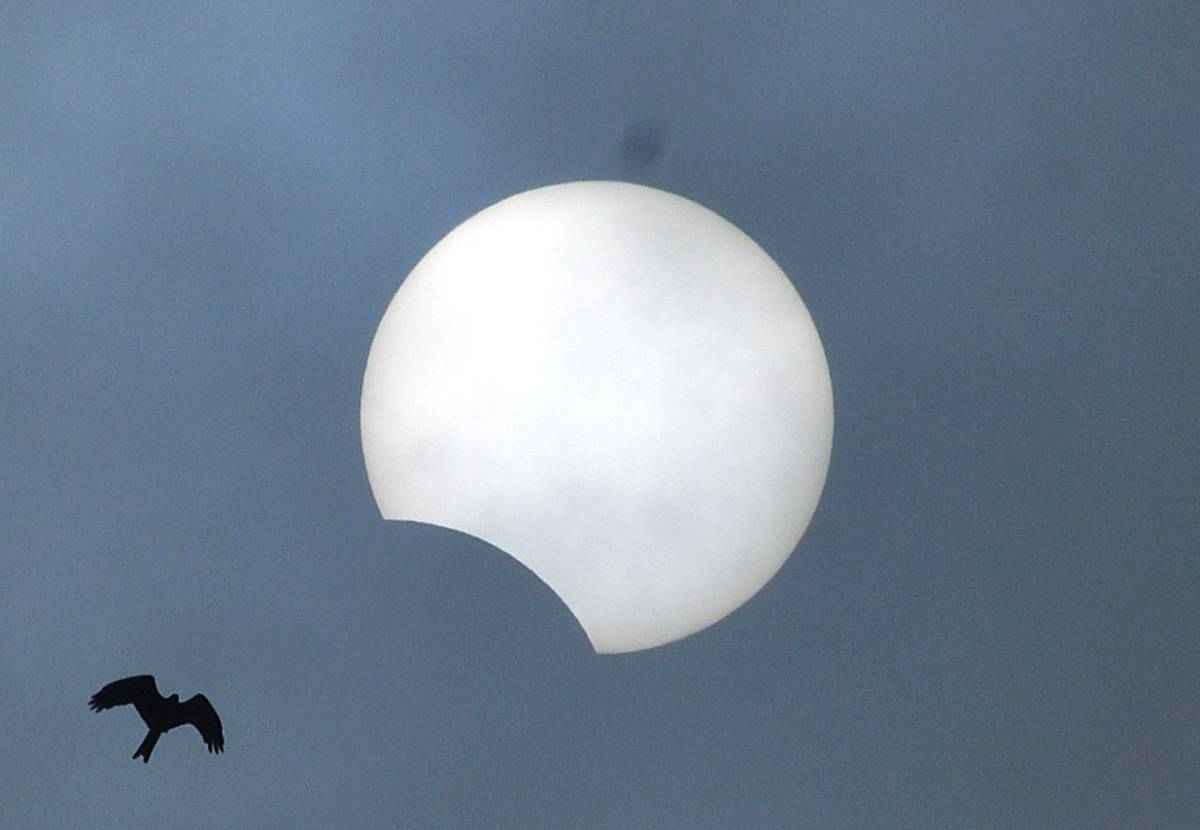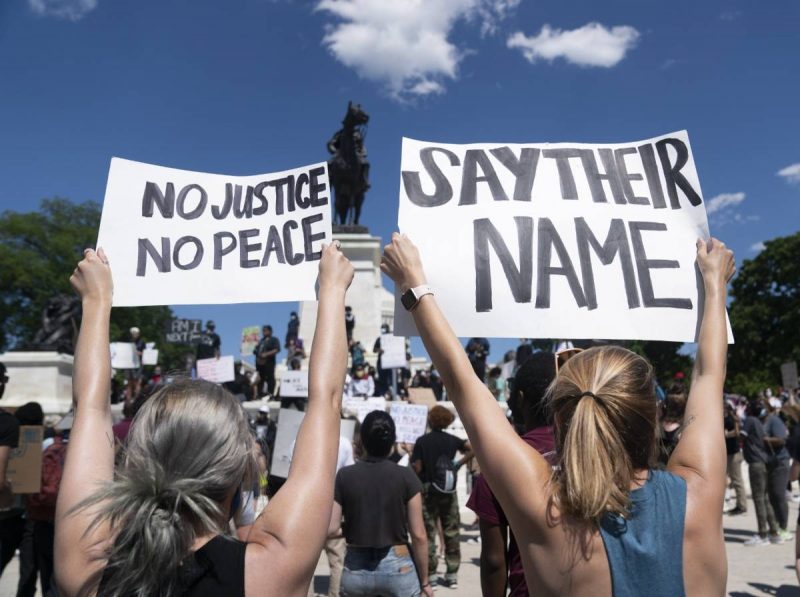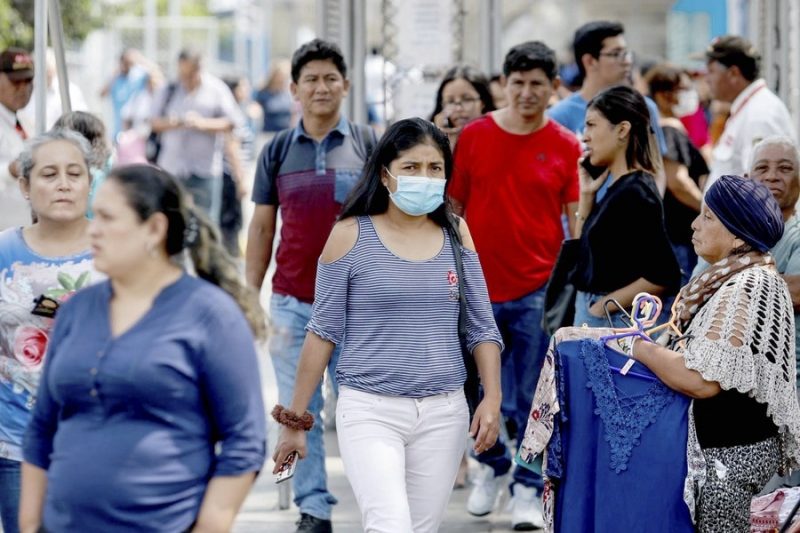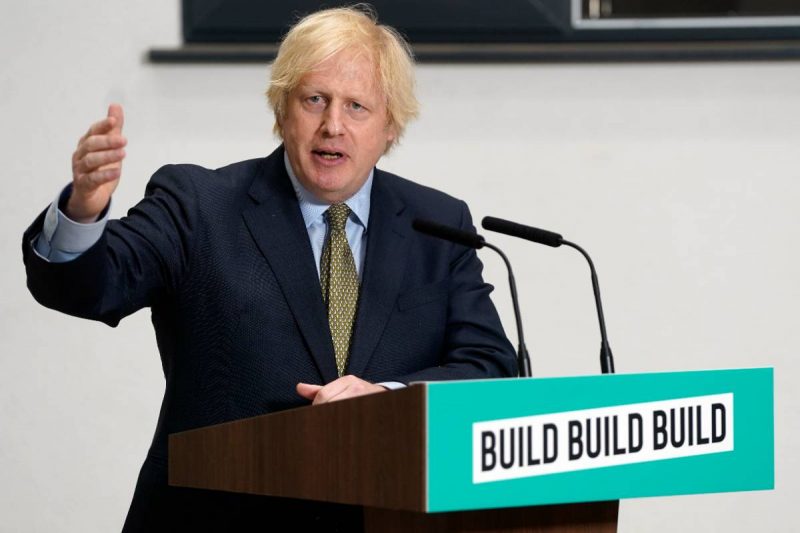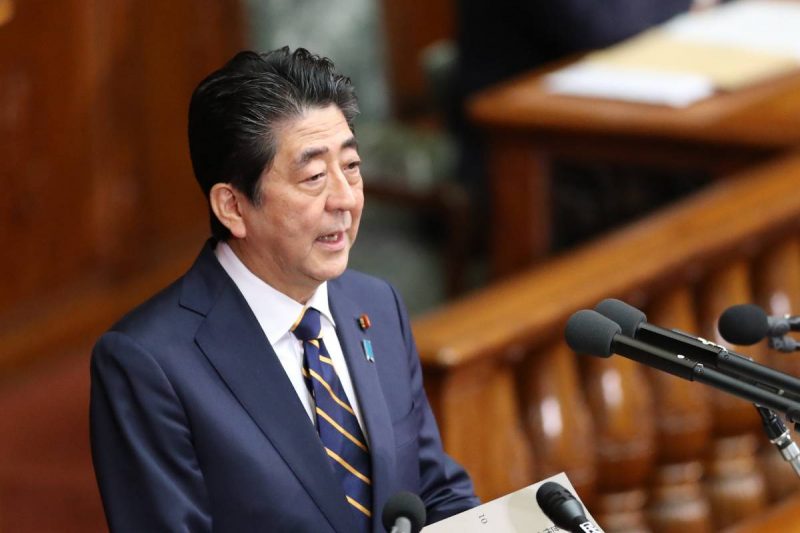As COVID-19 disproportionately affects the health of black and other minority communities, it has also had a disproportionate financial effect – widening existing economic inequalities. Even before the pandemic, black and other ethnic people were more likely to be out of work or earning less than their white colleagues. Black, Asian and Minority Ethnic (BAME) communities are more likely to lose their income, fall behind on bills and to have applied for Universal Benefit.
Analysis by The Resolution Foundation, an independent British think-tank aiming to improve the standard of living of low- and middle-income families, shows Black African workers still earn around 10,000 pounds less a year than white British ones, after housing costs are taken into account.
Black Caribbeans have around 7,000 pounds a year less to live on. Black men in the same occupation and with the same qualifications still earn between 15 and 19 per cent less than their white male counterparts.
Figures from the Office of National Statistics show that for every 1 pound that white households have, black African households have just 10p and 20p for Black Caribbean.
The average white British household has around 282,000 pounds in wealth, including property, however, Black African households have less than a tenth of that: 23,800 pounds on average.

Government figures show only one in five black African households owns their own home, compared to more than two thirds of white British households.
A research by a charity The Runnymede Trust shows that the BAME community have tended to bear the economic brunt of recessions.
Employment among this group tends to rise faster than for white people when the economy is expanding but falls faster in times of crisis.
Black men in particular faced the deepest and most sustained employment fall in the 2008 financial crash.
A report by the Understanding Society, one of the largest panel surveys in the world, supporting social and economic research, found the percentage of households having trouble paying their bills since coronavirus has increased faster among BAME households with 16 per cent saying they are behind on bills, compared to A7 per cent of the White households.
Thirteen per cent of BAME households have applied for the Universal Benefits and 16 per cent have taken on debt, approximately double the number of non-BAME households. They are more likely to borrow money.
Government figures show that children of BAME households are much more likely to be living in poverty than their White counterparts. Around one in four children from Asian families and one in five from black families are in persistent poverty, government figures show.
Among white households it is one in 10.
Disadvantaged children are already less likely to do well in school, however teaching bodies and charities have warned this divide is likely to worsen because of sustained school closures.


